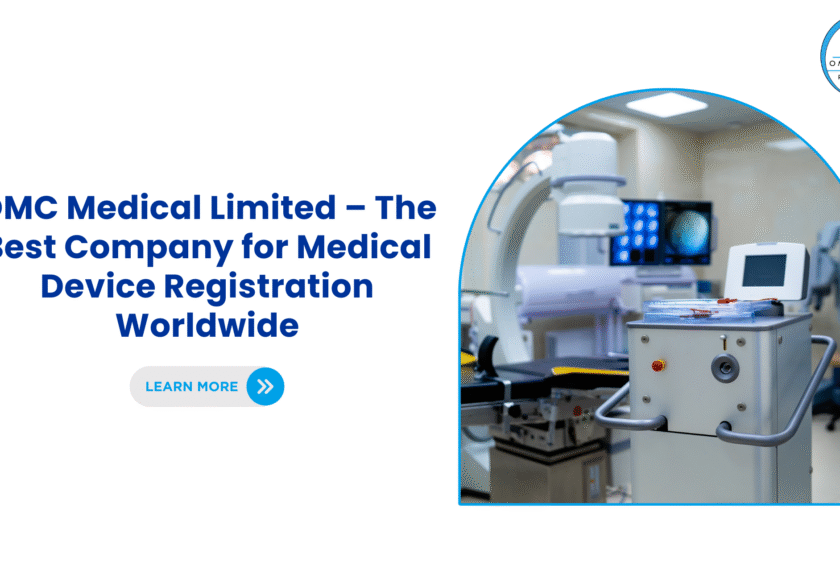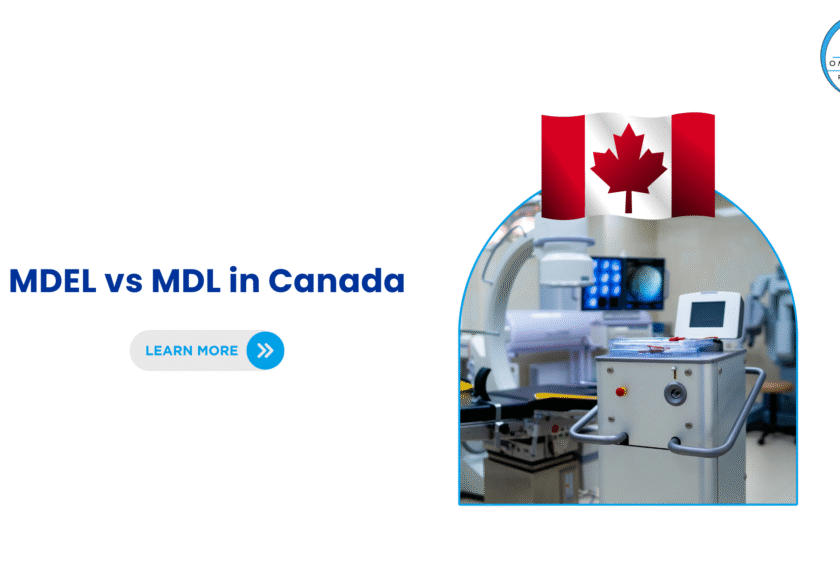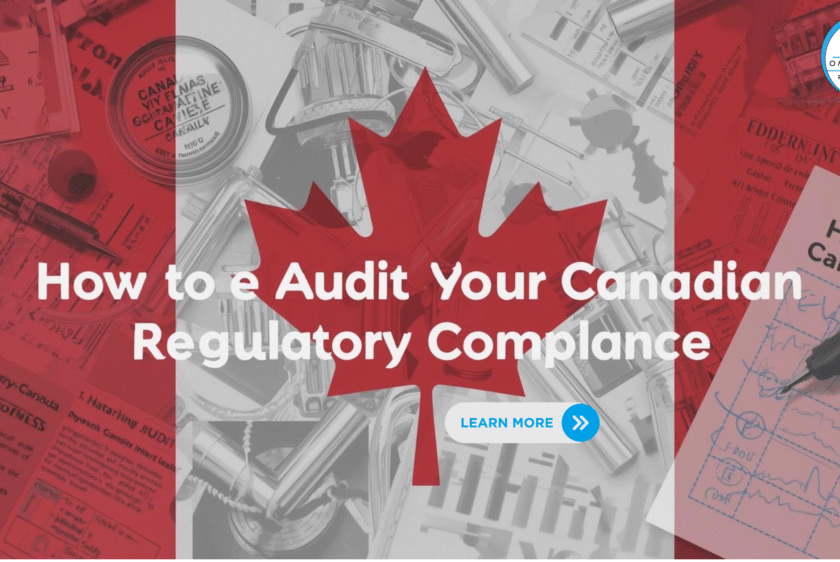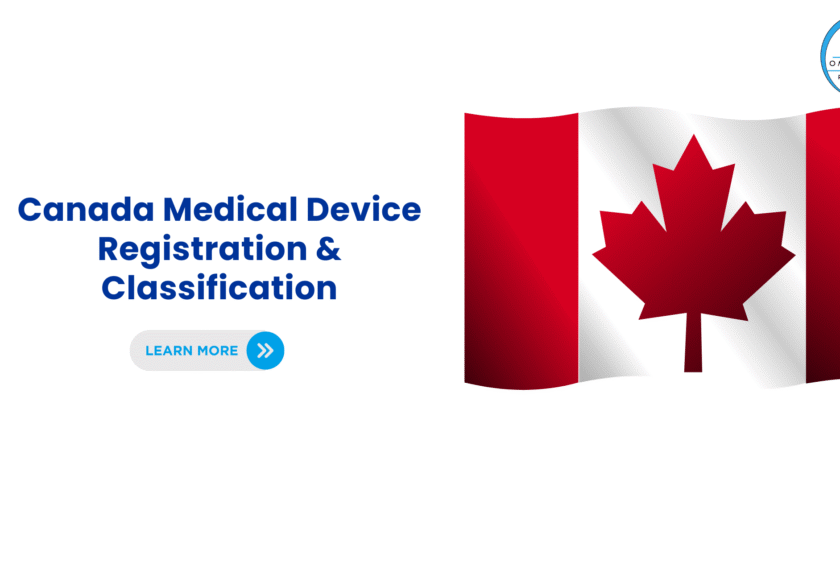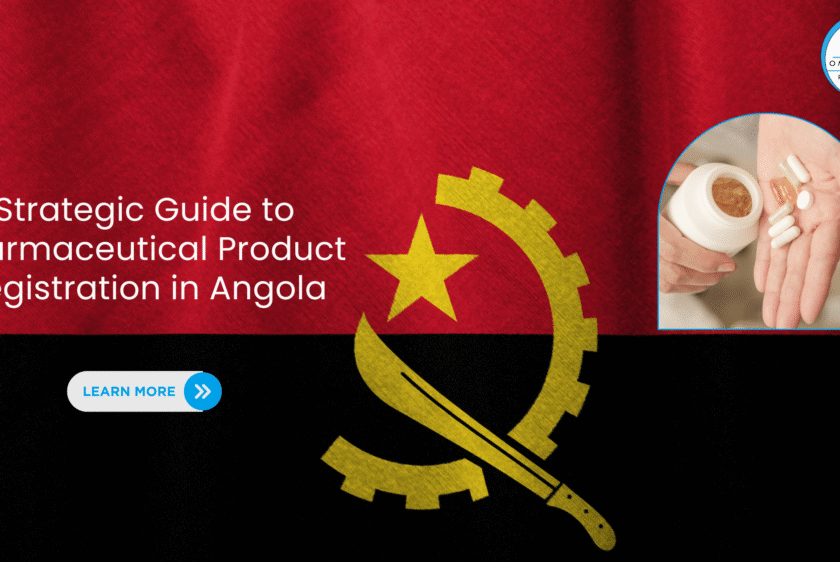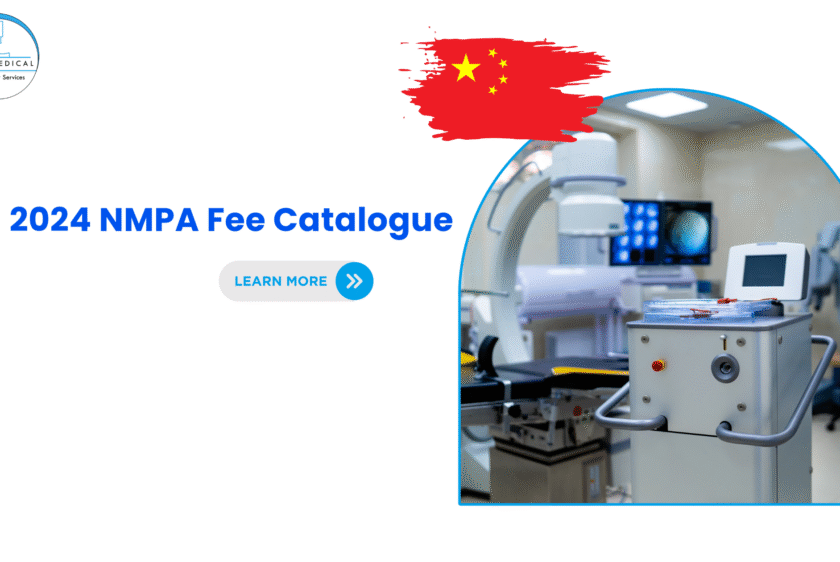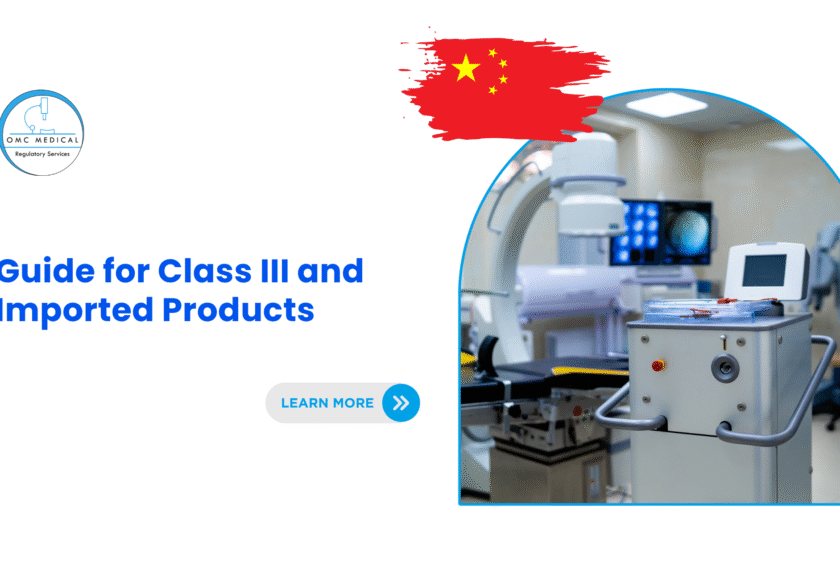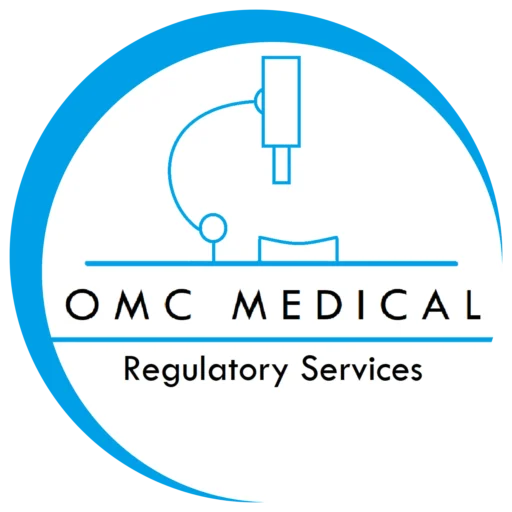Trending Now
Medical device registration is one of the most critical steps in launching a healthcare product globally. Every market has its own set of regulations, documentation requirements, and compliance expectations. For manufacturers, this often means navigating a complex and time-consuming process before a product can legally reach hospitals, clinics, or patients. That’s where OMC Medical Limited comes in. Recognized as one of the best companies for medical device registration, OMC helps manufacturer...
MDEL vs MDL in Canada: What’s the Difference and Which One Do You Need?
For any company planning to sell or distribute medical devices in Canada, understanding the country’s licensing framework is essential. Health Canada requires medical device companies to hold the appropriate licences — but two terms often create confusion: MDEL and MDL. They might sound similar, but these two licences serve very different purposes. Knowing which one applies to your product or business model is the first step to compliance — and to entering the Canadian market smoothly.&n...
How Regulatory Harmonization Could Speed Up Medical Device Approvals by 2026
Getting a medical device approved in multiple countries can feel like navigating a maze — every region has its own rules, documentation format, and approval process. But that’s changing fast. By 2026, global regulatory harmonization is expected to simplify how medical devices reach markets around the world. At OMC Medical, we help manufacturers get ahead of these changes. Whether you’re entering Canada, the UK, the Middle East, or Asia, understanding and preparing for harmonization now...
Are You REP-Ready? How to Audit Your Canadian Regulatory Compliance Before 2026
If you are manufacturing or importing medical devices into Canada—or plan to—you need to be aware of a significant change happening in the regulatory landscape. The Health Canada (“HC”) Regulatory Enrolment Process (REP) is becoming the mandatory electronic framework for device submissions in January 2026. Being “REP-ready” means more than just familiarizing yourself with templates—it means auditing your entire compliance structure to ensure you don’t have last‐minute surpris...
Canada Medical Device Registration Process & Classifications
Planning to sell your medical device in Canada? Health Canada is the government body that reviews and approves all medical devices before they can be marketed in the country. Their goal is simple — to make sure all devices are safe, effective, and high quality. If you are a manufacturer, importer, or distributor, you must understand how Health Canada classifies medical devices and what kind of licence you need. At OMC Medical, we help companies like yours register their devices smo...
A Strategic Guide to Pharmaceutical Product Registration in Angola by OMC Medical
As one of the largest economies in Central Africa, Angola is a strategic market for pharmaceutical companies. Gaining INABEC Drug Approval is the critical gateway to this opportunity. The process, governed by the National Institute for Health Regulation and Equipment (INABEC), demands precision and local knowledge. OMC Medical specializes in Pharma Registration Angola and provides this definitive guide. The Regulatory Landscape in Angola INABEC is the national regulatory authority tasked wit...
A Strategic Guide to Pharmaceutical Product Registration in Senegal by OMC Medical
Senegal represents a pivotal pharmaceutical market in West Africa. For pharmaceutical companies looking to introduce their medicines, understanding and complying with the regulations set by the National Agency for Health Safety (ANSSA) is the first and most critical step. OMC Medical, with its deep expertise in Pharma Registration Senegal, provides this strategic overview to help you prepare. The Governing Body: ANSSA ANSSA is the central regulatory authority responsible for ensuring the...
The 2024 NMPA Fee Catalogue: A Clear Cost Guide for Drug and Device Registration in China
Budgeting for your market entry into China’s pharmaceutical and medical device industry requires precise financial planning. The National Medical Products Administration (NMPA) administrative fees are a significant part of this budget, and understanding them is crucial to avoid unexpected costs and delays. Shanghai OMC Medical Technology has translated the official “National Drug Administration Administrative Licensing Fee Catalogue” into a clear, actionable guide. Below, we...
Demystifying China’s Medical Device Registration Fees: A Guide for Class III and Imported Products
Navigating the financial aspects of your medical device registration in China is as critical as the technical dossier. Understanding the NMPA’s fee structure for Class III medical devices and imported medical devices can prevent costly delays and ensure a smooth path to market. At Shanghai OMC Medical Technology, we guide our clients through every financial and regulatory step. This article breaks down the official “Implementation Rules for Medical Device Product Registration Fees...
Why You Need an Authorized Indian Agent for CDSCO Registration
Entering the Indian market with medical devices requires a clear understanding of the CDSCO registration process. One of the key requirements for foreign manufacturers is to appoint an Authorized Indian Agent (IAA). But why is this step so crucial, and how can it streamline your product’s path to market? In this blog, we’ll walk you through why you need an Authorized Indian Agent for Indian medical device registration, what they do, and how partnering with an experienced agent can simplify y...


